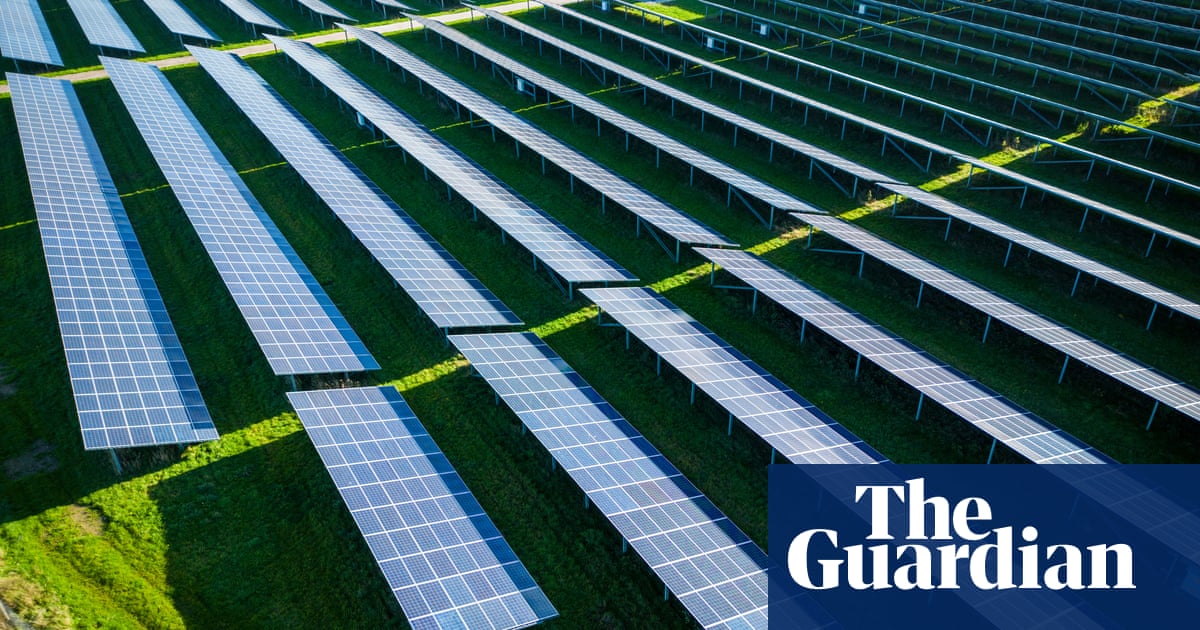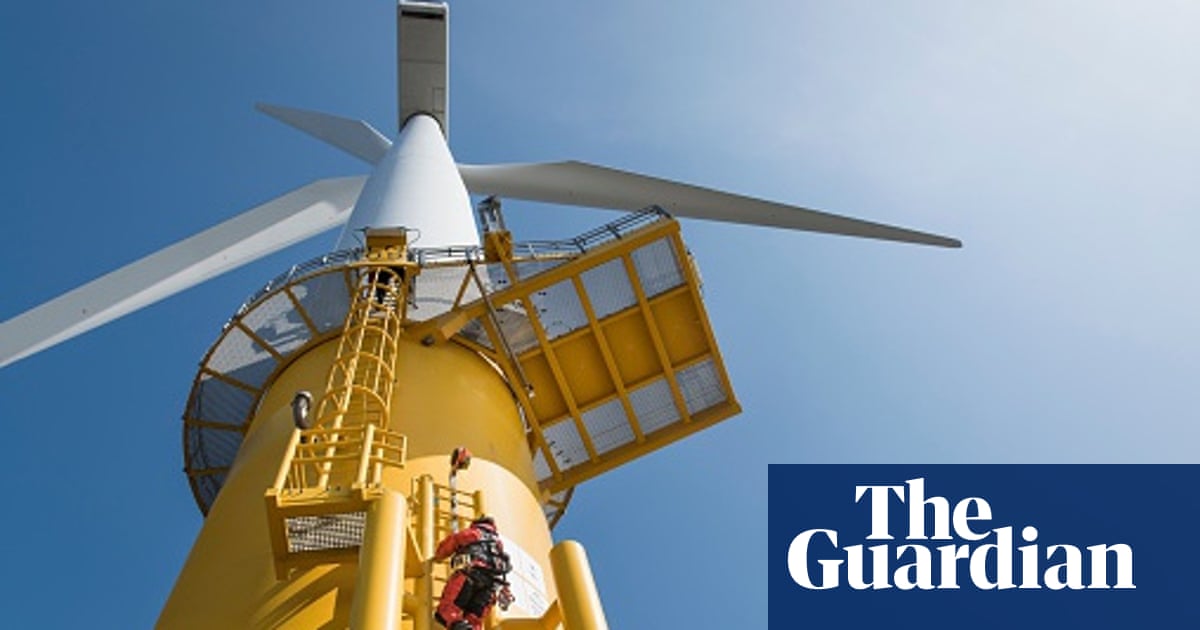
“If the government had a consistent well-thought-through vision, this would have been absolutely obvious,” says Harald Överholm.
The chief executive of the Swedish solar firm Alight is one of many frustrated renewable energy developers hoping to build green energy projects to power Britain’s homes and businesses with affordable, clean electricity. The catch? These projects could be forced to wait more than a decade for a chance to connect to the UK’s electricity grid, as Britain suffers the longest backlog in Europe.
Windfarms, solar arrays, and battery projects are stuck in gridlock for up to 15 years as the UK’s electricity grid struggles to keep pace with the appetite for more clean energy – including a car factory being forced to wait until 2037.
The delays threaten to undermine decades of work to attract the investment needed to support the UK’s clean energy ambitions, and risks derailing Britain’s progress towards legally binding climate targets.
So how did a country so eager to boost its renewable energy supply fail to foresee this bottleneck?
Överholm blames the government for failing to anticipate the upgrades Britain’s electricity grid would require to support a deluge of green projects. “It’s sad when national governments lack that vision.”
To date, his company has plans to build a 70MW ground-mounted solar farm, and smaller rooftop solar projects for industrial energy users. There are many opportunities in rooftop solar, he says, but he wouldn’t pursue these further until there is change.
“We’re observing what’s going on. For now, it’s hopeless,” he says.
Överholm has joined a growing chorus of renewable developers calling for urgent reforms to the queueing system for renewable energy projects while work is undertaken to modernise the grid, from its giant transmission cables to the sprawl of pylons and local distribution networks.
David Kipling, the chief executive of On-Site Energy, which develops renewable energy projects for big companies, said demand on the grid was “growing exponentially” with each new corporate sustainability pledge.
“The grid just isn’t ready for it. You could argue that it’s negligence,” he says. “[The government has] been speaking about climate action for over a decade now, so you would have to assume that they knew what would be required.”
In the past, National Grid – the FTSE 100 company tasked with operating most of the UK’s electricity networks – needed to provide connection points for fewer, larger power plants. Today, a far larger number of small, renewable energy projects are mushrooming up across the UK to meet rising demand for electricity from homes and businesses.
The momentum behind new renewable energy developments is expected to build as UK demand for electricity is forecast to rise by about 50% by 2035. Homes are expected to swap gas boilers for electric heat pumps, and combustion engine vehicles for electric cars.
Each new renewable energy project requires a new connection point, which in turn require grid reinforcements and more powerful local substations. At the same time, giant offshore windfarms call for big infrastructure investments in transmission to transport electricity from miles off the north-east coast to densely populated areas in the south.
The UK has the longest queue to connect to the electricity grid of any country in Europe. There are about 200 gigawatts worth of electricity projects waiting for a grid connection, according to research by Bloomberg New Energy Finance, or enough to power 150m UK homes. Many are speculative applications from projects that are unlikely to move ahead. But the “first come first served” rules of grid connection mean many viable projects that could move ahead at speed are stuck.
Kipling says many of the projects he is developing for leading UK companies are caught in this backlog. One big car manufacturer hoping to cut emissions from its factory by connecting a 5MW solar array to its site has been told they would need to wait until 2031, and would need to pay a £9m connection fee. A second car manufacturer seeking a connection for 14MW of solar capacity would need to wait until 2037.
“The vast majority of our customers are watching as their sustainability plans are effectively put on hold,” Kipling says. It’s also a drag on economic growth as the UK struggles to tackle its productivity crisis. Another customer, a bakery employing 800 people, has been told it will need to wait until 2027 to connect a 1.5MW solar project to its site. This saddles the company with higher energy costs for the next four years on top of the £2m cost to connect.
The energy industry is baying for reform. Earlier this week, MPs on the Commons environmental audit committee opened an inquiry into how to ease the backlog of solar projects waiting to connect to the grid that “could seriously jeopardise net zero Britain”.
Energy Networks Association (ENA), which represents grid operators, said there was “a real sense of urgency to this challenge. The industry has received 164GW of new connection requests in the year to October 2022 alone. That’s around three times the capacity of our grid today.”
The ENA’s suggestion is to adopt a “first ready, first connected” model that would prioritise projects with planning permission and financing in place over projects still in development. Kipling argues that projects that serve big employers – such as manufacturers – should also be given priority. Regardless of how the queue is reformed Överholm says National Grid will require more people and resources to make sense of the backlog.
National Grid said it agreed that “significant reform is needed across policy, regulation, and the energy industry to speed up the connections process across all networks.
“Collaboration between Ofgem, government and the industry is critical to drive the necessary reform at the pace needed to deliver net zero.”
A spokesperson for the Department for Energy Security and Net Zero said ministers and officials “recognise the challenge of connection delays, and we want to go further and faster”. It has promised an action for grid connections this summer.
It can’t come soon enough for renewable energy developers. “No one can hold a project for even two or three years – let alone a decade,” Kipling says.












